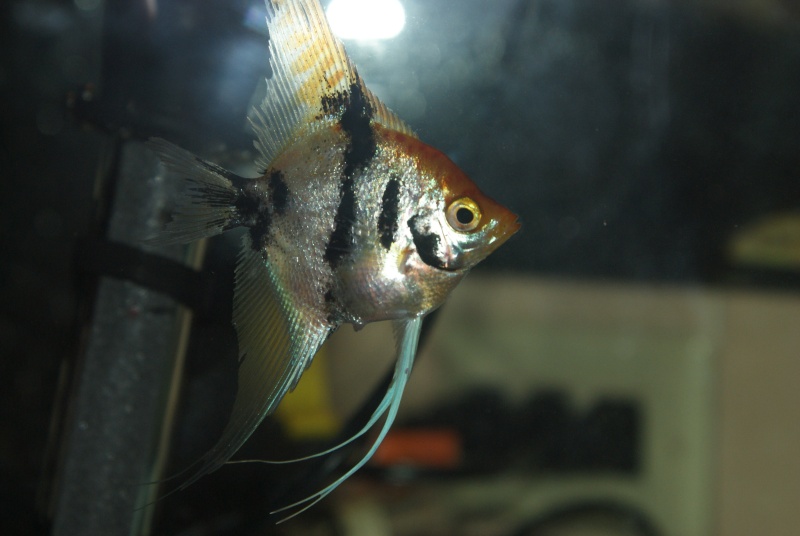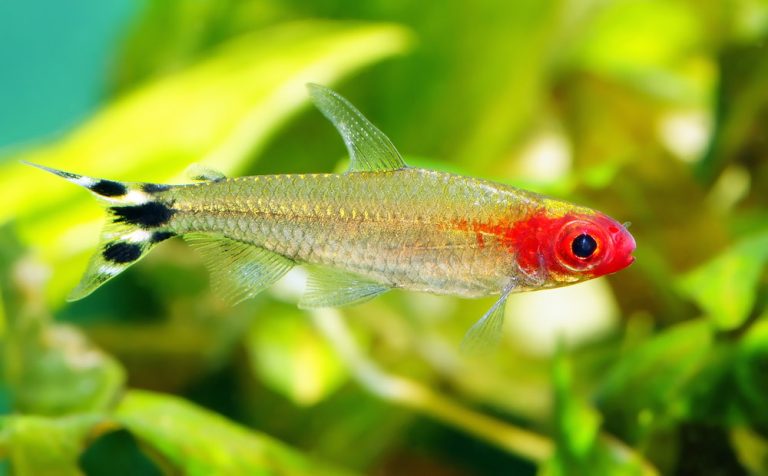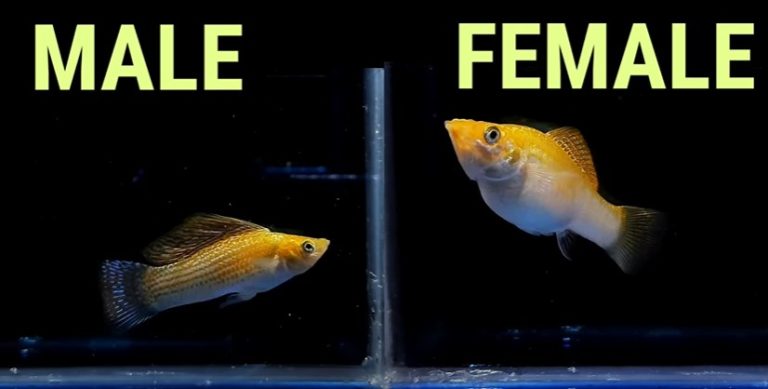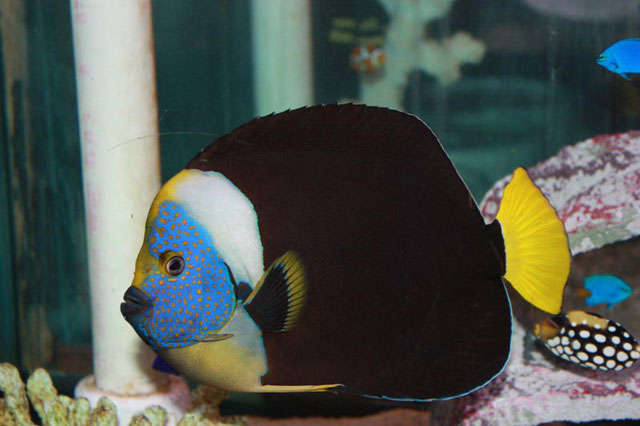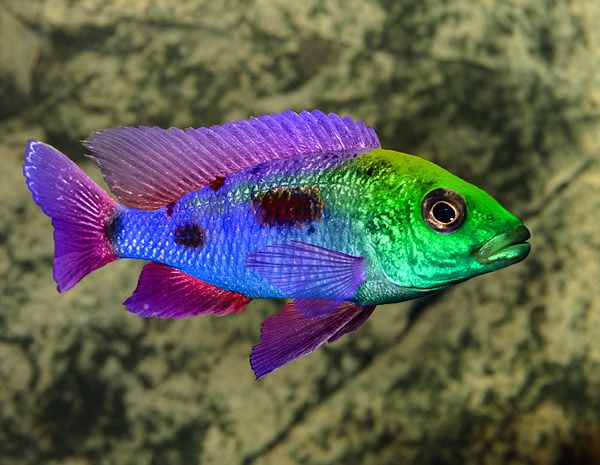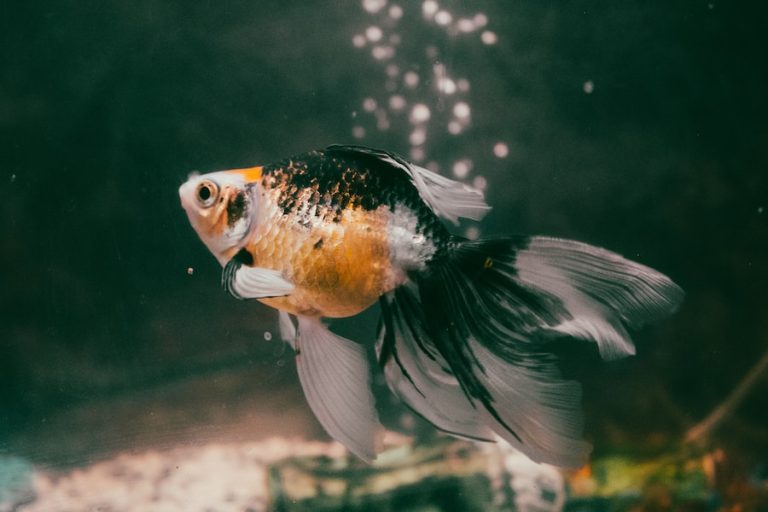Pregnant Angelfish
Pregnant Angelfish: A Guide to Understanding and Caring for Expectant Fish
If you are an aquarium enthusiast, you may have come across angelfish at some point. These elegant creatures are popular choices for many fishkeepers due to their unique appearance and fascinating behavior. One aspect of angelfish that often captures the attention of fish enthusiasts is their ability to reproduce and carry eggs. In this article, we will explore the topic of pregnant angelfish and provide you with a comprehensive guide on understanding and caring for these expectant fish.
Understanding Angelfish Reproduction
Angelfish, scientifically known as Pterophyllum, are freshwater fish native to the Amazon basin in South America. They are known for their striking triangular shape and elongated fins. Angelfish possess a unique reproductive cycle that involves pairing off into breeding pairs and laying eggs.
When a male and female angelfish become interested in breeding, they will undergo a series of courtship rituals, including displaying their fins, circling each other, and even nipping at each other’s bodies. Once the pair has formed, they will begin searching for a suitable location to lay their eggs.

Signs of a Pregnant Angelfish
One of the most obvious signs that an angelfish is pregnant is the appearance of a plump abdomen. However, determining the true pregnancy of an angelfish is more complex than simply observing a swollen belly. Here are a few indications that your angelfish may be carrying eggs:
1. Distended Abdomen: As mentioned earlier, a pregnant angelfish will have a visibly larger and rounded abdomen compared to non-pregnant individuals.
2. Egg Tube: Female angelfish have a small protrusion called an egg tube located between their pelvic fins. This tube becomes more pronounced and extends further when the fish is pregnant.
3. Changes in Behavior: Pregnant angelfish may exhibit changes in behavior, such as becoming more territorial, cleaning potential spawning sites, or vigorously fanning their eggs to provide oxygen.
4. Parade Swimming: In some instances, a pair of angelfish may engage in what is known as “parade swimming,” where they swim side by side in a synchronized manner. This behavior is often associated with breeding and suggests that the female is pregnant.
Caring for Pregnant Angelfish
Once you have identified that your angelfish is pregnant, it is essential to provide them with the proper care to ensure a successful breeding process. Here are some key considerations when caring for pregnant angelfish:
1. Suitable Spawning Site: Provide your angelfish with a spacious tank that includes plenty of hiding spaces, such as rocks, caves, or plants. These hiding spots will serve as potential spawning sites for the angelfish.
2. Water Quality: Maintain optimal water conditions by monitoring the temperature, pH level, and ammonia levels. Angelfish prefer slightly acidic water (pH 6.5-7) and a temperature range of 78-82°F (25-28°C).
3. Nutrition: Offer a well-balanced diet to ensure the health of the pregnant angelfish and the potential fry. Include a variety of high-quality flakes, pellets, and live or frozen foods such as brine shrimp or bloodworms.
4. Separating the Fry: Once the eggs are laid, the parents will guard and tend to them, ensuring they receive oxygen by fanning their fins. However, it is advisable to separate the eggs or fry into a separate rearing tank to prevent their consumption by the adult fish or other tankmates.
Frequently Asked Questions
1: How long is the gestation period for angelfish?
The gestation period for angelfish can vary but typically ranges between three to five days before the eggs hatch.
2: How many eggs can a pregnant angelfish lay?
A pregnant angelfish can lay anywhere from 100 to 1000 eggs, depending on various factors such as the size and age of the female.
3: Can angelfish breed in a community tank?
Yes, angelfish can breed in a community tank; however, it is important to ensure that the tankmates are compatible and not likely to prey on the eggs or fry.
Final Thoughts
Understanding the intricacies of breeding, caring for, and identifying pregnant angelfish is an exciting journey for any aquarium enthusiast. Providing the appropriate environment and care for these expectant fish will not only result in successful reproduction but also contribute to the overall health and well-being of your angelfish population. By following the guidelines outlined in this article, you can ensure the best possible conditions for pregnant angelfish and their offspring, allowing you to witness the wonders of nature within the confines of your aquarium.
